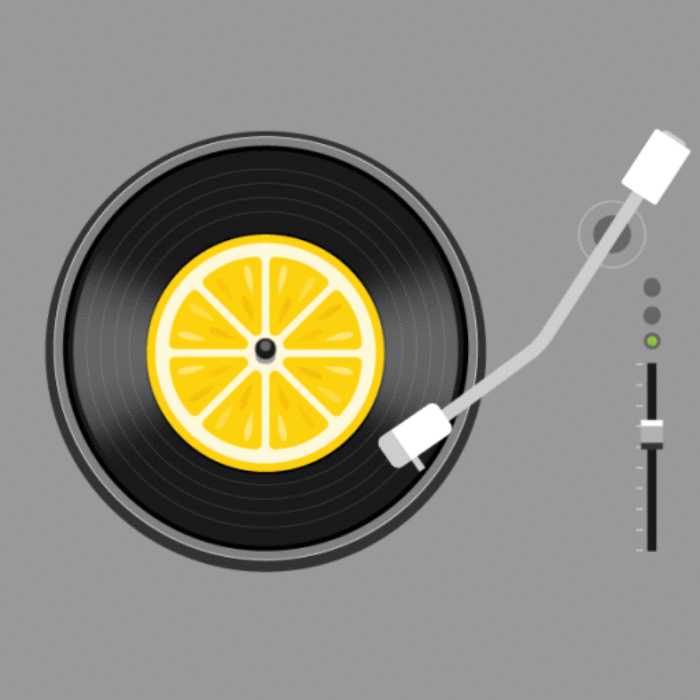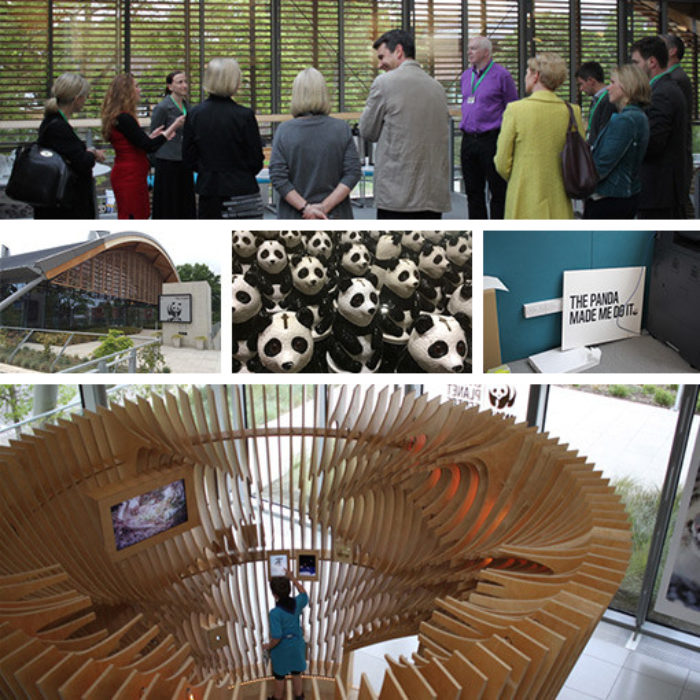Being a human organisation (part 8): Distribute power
Welcome to the penultimate part of this nine-part series on how to be a more human organisation. In previous articles, we’ve looked at how Human Organisations understand people and our social nature, the need for a shared purpose, and the importance of embracing a diversity of ideas…
Now, let’s look at one of the big ones – the importance of abandoning the tired, old hierarchies and giving power to the people.
A company shouldn’t aspire to be a castle, with a moat and a single drawbridge. A human organisation knocks down the walls and removes the moat. It is a circle, without barriers, making it as easy as possible to enter and share.
“The hierarchical approach is based on the absurd proposition that lower-level employees are unable to think beyond their own role or unit.”
Gary Hamel and Michele Zanini, Humanocracy
Power devolution
Innovation is dependent on the devolution of power. An analysis of 300 real-world projects since 1972 found that those led by junior managers were more likely to succeed1. IBM understands. In 2016, it invited 275,000 employees to submit ideas for exploiting the company’s work in artificial intelligence2.
In their book Humanocracy, Gary Hamel and Michele Zanini illustrate with another example from Haier, a Chinese consumer appliances business, which seeks to create zero distance between employees and customers. Haier has divided 56,000 employees into 4,000 market-facing microenterprises, each free to contract, or not, with others. This is the opposite of traditional models where functions like HR, IT, procurement, marketing and finance are monopolies.
According to Humanocracy: ‘Tan Lixia, Haier’s chief financial officer, sums up the company’s mindset to open innovation this way: “The border of the company is not important. If you can help create value for users, it shouldn’t matter whether you’re an employee or not.” That’s also the philosophy of 3M. In a typical year, nearly a third of 3M’s sales are generated by products that didn’t exist five years earlier… much of this alchemy takes place in one of 3M’s ninety labs and technical centres. These facilities host more than 100,000 customer visits annually… the ever-recurring question is “What should we do that we haven’t thought of yet?”’
Power has many forms and is assumed to lie with politicians, the wealthy, and private businesses. Power can be money, influence, share of voice, numbers, force, ideas, social norms or legislation. Founder of Citizen University, Eric Liu, believes the power that flows through networks, organisations, laws and narratives can be mapped, and that it is infinite. We just need to believe we have it. In his words: “When we act powerful, we become powerful.”
As we’ve seen, one young girl initiating a school strike in Sweden can have a major impact on global support for climate change. Individual voices raised against sexual harassment didn’t just take down a movie mogul; together, they helped to draw a line against disrespect for women in any workplace. We create power when we act. We yield power to others when we don’t act.
Power distribution
Organisations believe there is too much risk in distributing power. I believe there is too much risk in failing to do so. Think again of the big banks’ collective amnesia about small customers, which led to the financial crisis of 2007/8.
And there is too much missed opportunity. It’s like a team keeping great players on the bench. Do we really think that board directors know customers better than people in call centres or operations teams in the field?
All we need to do as executive teams is make the decision to distribute power. Imagine, for example, a front-line, employee-led network that tunes into the customer voice and arranges for it to have influence at the top table. Imagine an external network of super-forecasters tuning into context and sharing signals. Imagine a young-people network engaged in live projects. Imagine managers as catalysts to distribute power rather than gatekeepers to retain it.
Rather than a triangle or pyramid, a much better geometric visual of your desired power structure is a circle or sphere, where all are welcome to share ownership. We need to consign traditional organisational hierarchy to the past.
Ready to get started?
As discussed above, this is part eight of a nine-part blog series on the characteristics of the human organisation. But you don’t have to wait for the final instalment, read all nine by downloading our report: The Human Organisation.
And if you want a chat about how to make your organisation more human, and how to future-proof your business, drop me a line at John.Drummond@CorporateCulture.co.uk
Sources:
- From Rebel Ideas, by Matthew Syed
- Humanocracy, Creating Organizations as Amazing as the People Inside Them, by Gary Hamel and Michele Zanini




